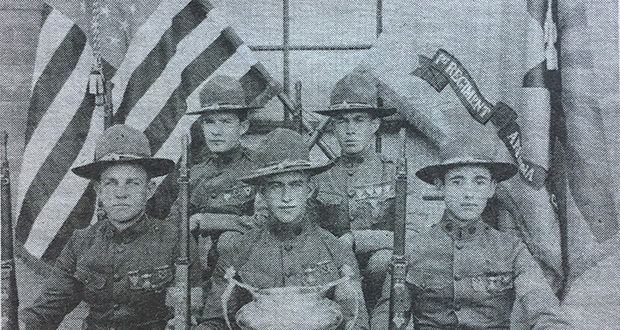Charleston: Tougher than Tombstone≠
Arizona Capitol Reports Staff//September 26, 2008//[read_meter]
Charleston: Tougher than Tombstone≠
Arizona Capitol Reports Staff//September 26, 2008//[read_meter]
J.W. Swart’s Saloon in Charleston “If a corpse had a gun on him and the fatal shot came from the front, you didn’t look for the killer.” Such was one...
No tags for this post.

















